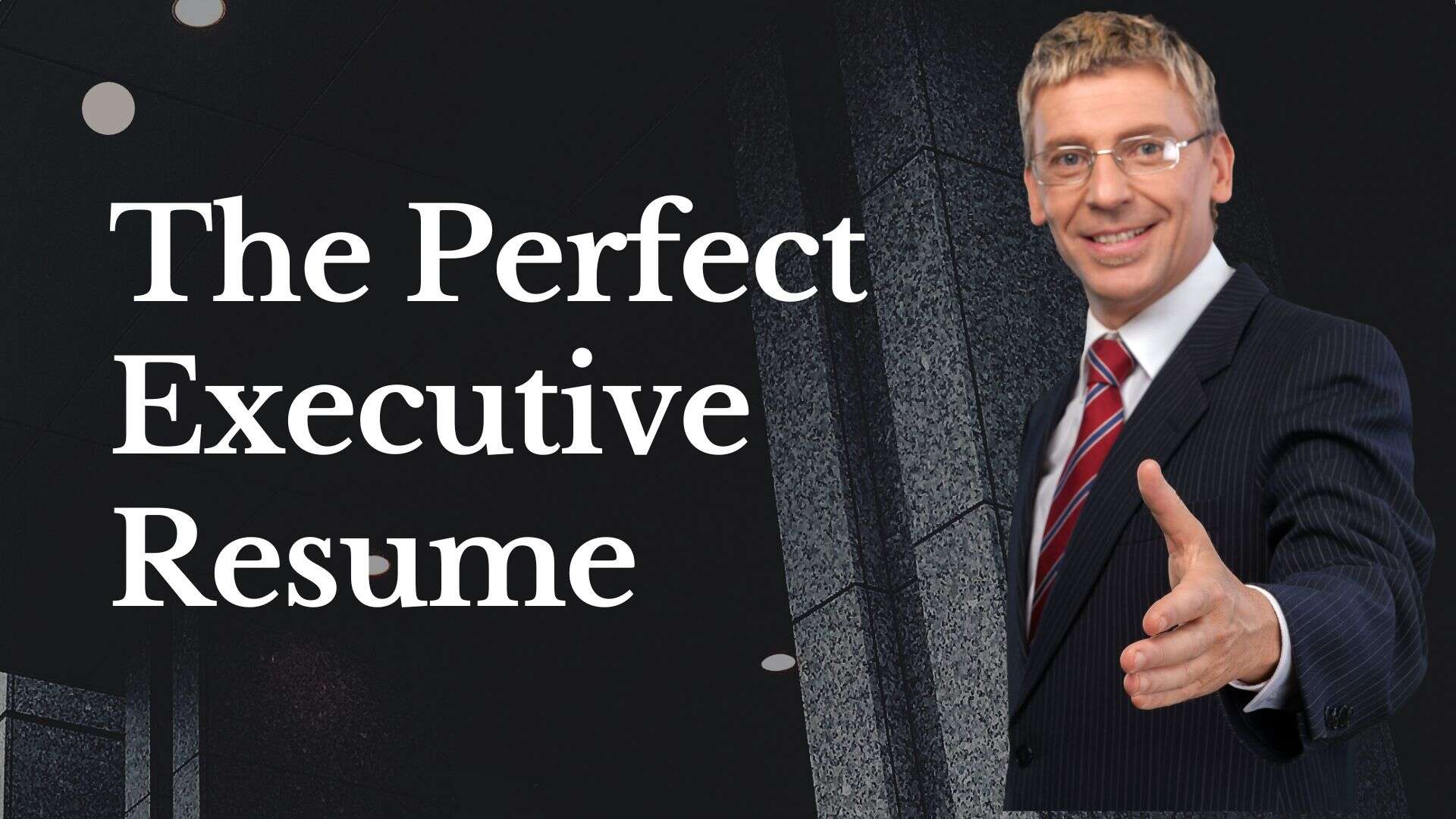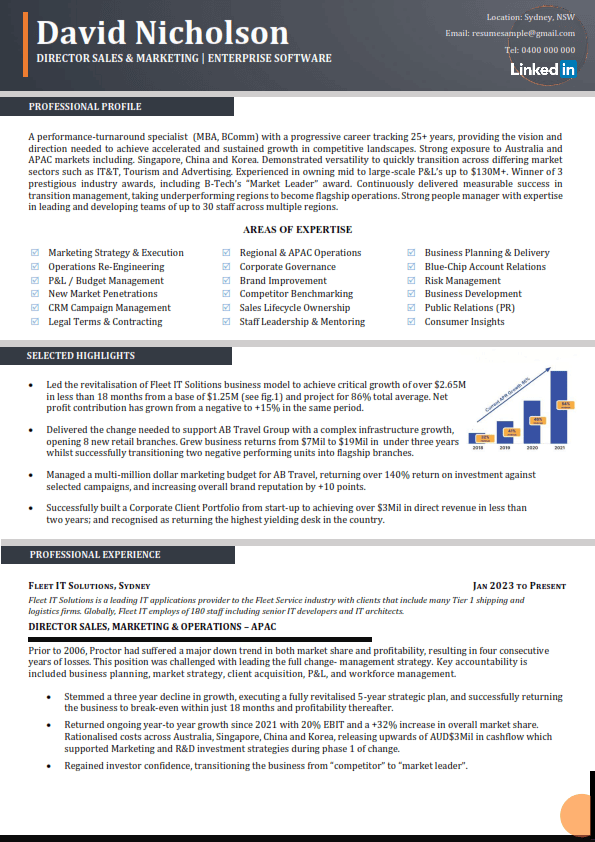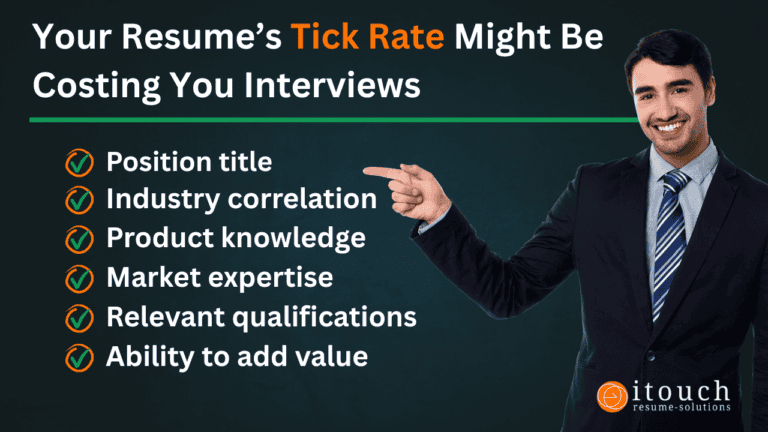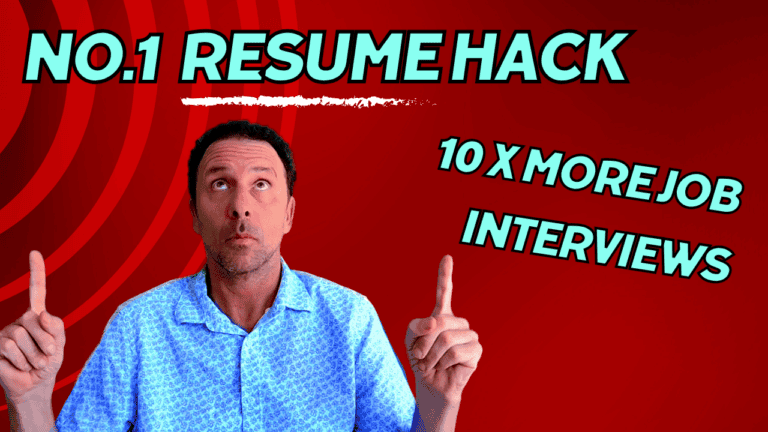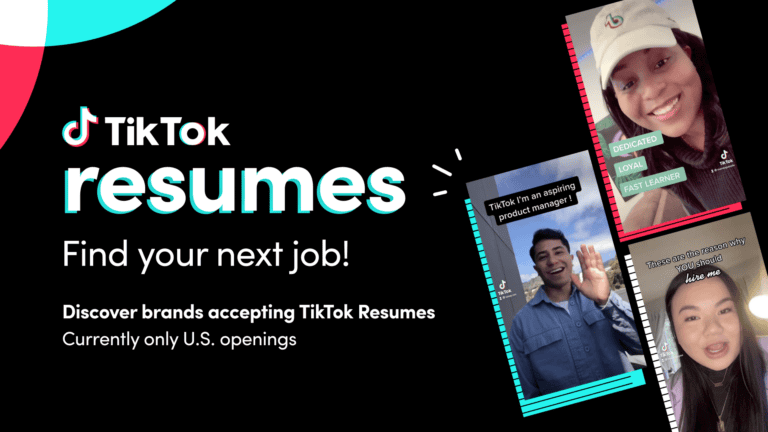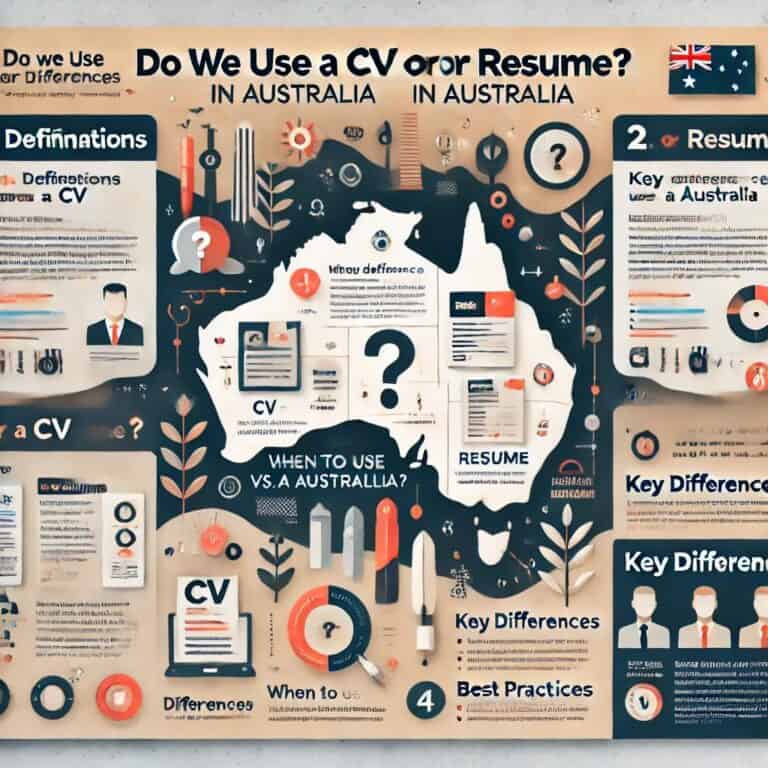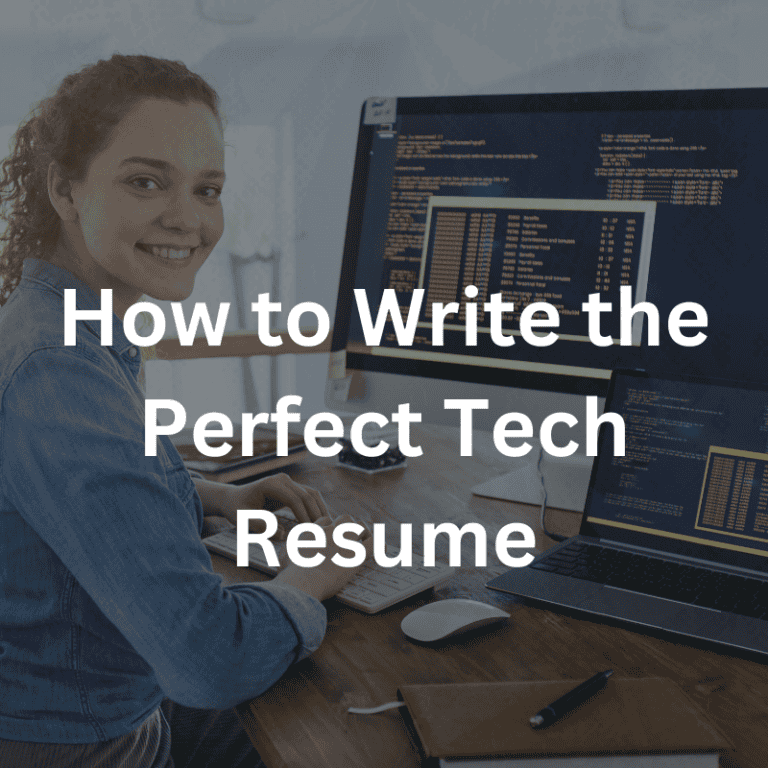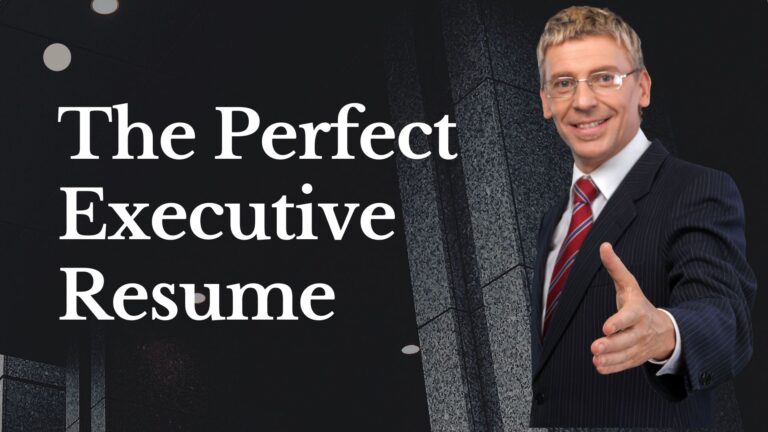How to Write the Perfect Executive Resume
We have been providing executive resume writing services for more than 25 years, and during that time, we have seen numerous changes in the market, from recruitment behaviour to how employers and recruiters screen resumes and how executive resumes are now being produced. With the job market becoming increasingly competitive, the expectation is for an executive resume to be more dynamic, tell a better story, but more importantly, be industry-related and specific to its target market. In this article, we will explore how to write the perfect executive resume that gets noticed every time.
Lost in Numbers
In the past, some executive resume writers would focus on more skills-based techniques, with the language and content of the resume being more generic in nature to cross various layers of the market. However, the strategy changed when the number of applications significantly surged, with some jobs reporting upwards of 200, 300, and 400 applications for senior and executive-level positions. This resulted in an executive resume writers requiring a new strategy to get their clients noticed and to ensure their resume would stand out from the crowd and avoid getting lost in the numbers.
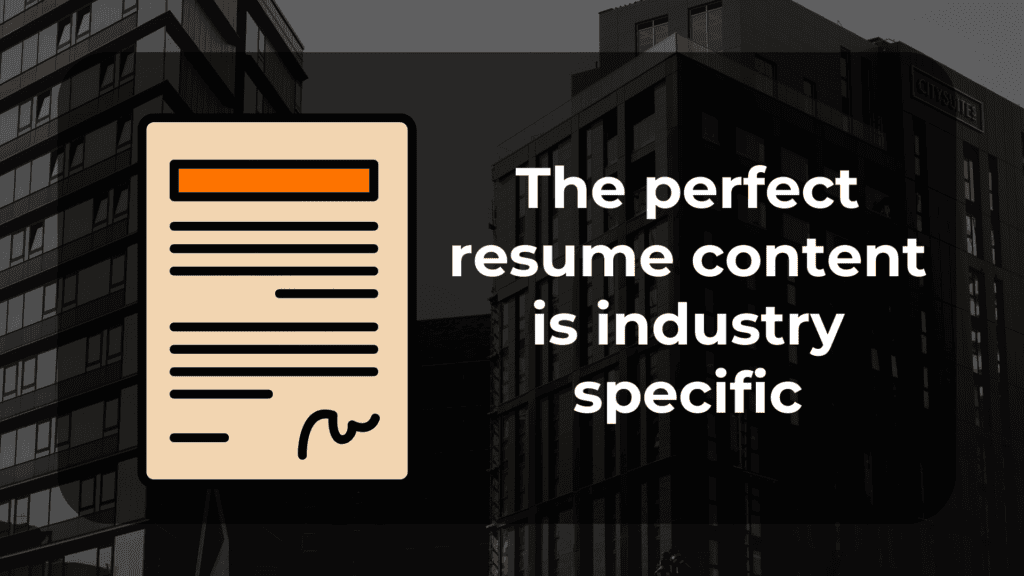
Targeted Content
The core and number one adjustment that a professional resume needs to incorporate is the way the content of the resume is targeted. You can no longer get away with a hybrid approach; instead, professional resume content needs to be layered and targeted towards specific industry knowledge, whether that be a type of market, regulations within the market, compliance, specific products, and/or specific market regions.
Tailoring your resume to the specific job description is crucial. Carefully review the job description to align your personal skills with the requirements outlined, and use relevant industry terminology to demonstrate understanding and enhance visibility in applicant tracking systems.
For example, if a business is in need of an expert in compliance and regulatory, the content of the resume needs to clearly demonstrate this across multiple areas of the document. It can’t be a small component of your role; it would need to be a key highlight covering at least 10-20% of the content, ideally more. If a business is competing within a certain product or market type, then again, the content needs to clearly define itself around this requirement.
The content should be amended across all layers of the executive resume, including the executive summary, keyword skill sets, key accomplishments and achievements, and professional experience. If it is only included in one section, then it is likely that targeted content will be quickly missed, and the resume sidelined.
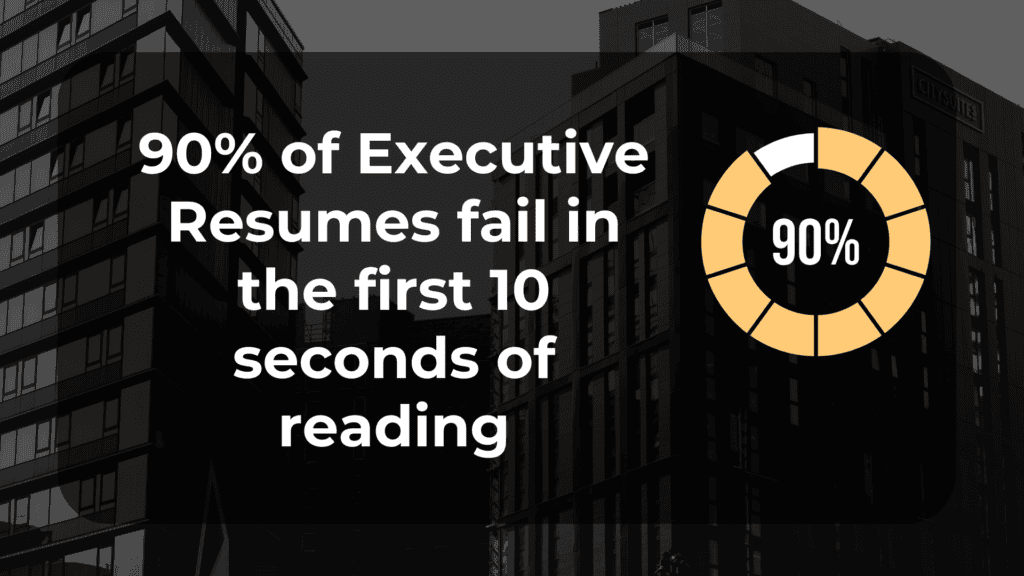
Clear and Defined Structure
There are many example resume templates on the market, but unfortunately, some of these templates and resume examples can be confusing and very difficult to manipulate. If this happens, you will likely lose the reader’s attention, and no matter how relevant your experience might be, you could be at risk of being sidelined. We need to stick to a format that is easily navigated and where each section of the resume can be found quickly. For an executive esume, it is crucial to have a clear and defined structure to highlight relevant qualifications, experiences, and skills effectively. Therefore, the following layout is best:
- Professional profile/introduction
- Key skills listed under the introduction
- Selected highlights and accomplishments section
- Work experience, ideally 15-20 years
- Qualifications & education
- Associations
- Publications
In some instances, and depending on the market, you may want to move the qualifications and education section to the front of the resume. The pros and cons of this should be weighed up, as there are many strategies that can be adopted in these instances.
Begin with a Strong Executive Summary
The executive resume summary, or as we prefer to call it these days, “professional profile/introduction,” is a critical component of your resume. In this section, we want to clearly define who you are and why your industry experience relates specifically to your target market. For some, this is fairly obvious, but for other resumes, we need to choose the content wisely. Did you know, professional profiles/introductions are quickly skimmed over if the content is too generic and isn’t eye-popping.
For example: “A business leader with 20 years of experience and the versatility needed to step into different roles. Able to rise to the challenges posed in difficult markets, and with a track record of always achieving positive results…”
The above is okay, but to really stand out, the following example provides an industry-specific profile: “More than 20 years of experience in the software space, with extensive experience in leading IT consulting services for Cloud, SaaS, and digital transformation. Successfully led teams of up to 30 staff throughout Australia and Asia Pacific…”
The second example lends itself to a more specific and direct dialect for the IT market, which will instantly resonate with the right reader for their target market.
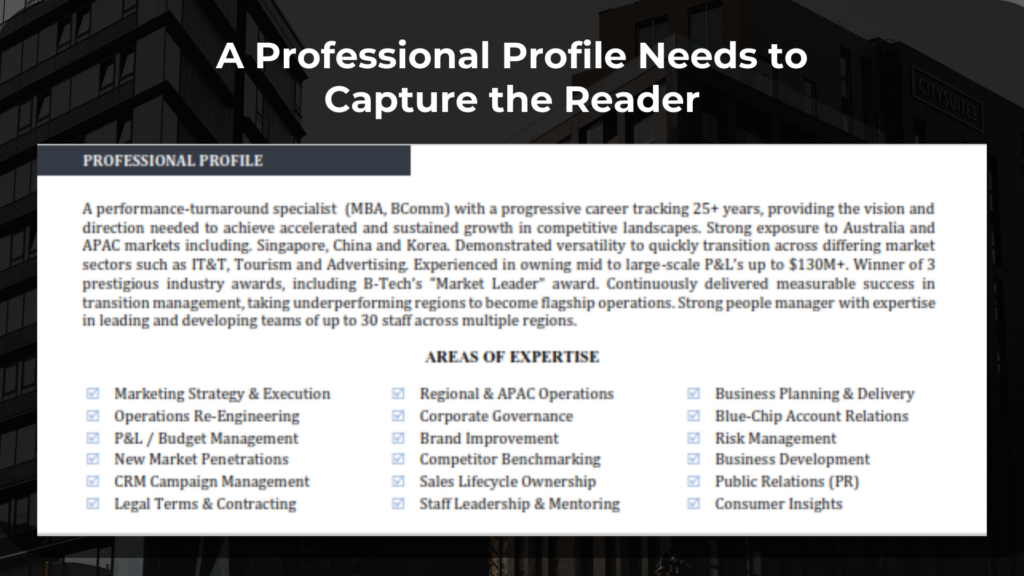
Include a Separate Accomplishment Section
A separate accomplishment section in an executive resume will really help content stand out and deliver impactful statements. As previously recommended, it’s important that when you list accomplishments, you keep them relevant to the roles and industries you are applying for. Including relevant skills in this section is crucial to impress hiring managers and recruiters, as it showcases both technical and interpersonal skills that align with the job description. To maximise the impact of this section, you’ll want to use facts and statistics to qualify the results, incorporating percentages and numbers. If applicable, you can also consider using graphs, which can be especially useful if you are displaying business or revenue growth (YoY).
Example:
- Revenue Growth: Led a cross-functional team to increase annual revenue by 25%, resulting in an additional $50 million in sales.
- Compliance: Implemented the changes needed to achieve ISO 9001, allowing XYZ company to tender for new government contracts.
- Cost Reduction: Implemented new cost-saving measures that reduced operational expenses by 15%, saving the business over $8.2 million annually.
- Market Expansion: Spearheaded the expansion into new markets, resulting in a 30% increase in market share over three years.
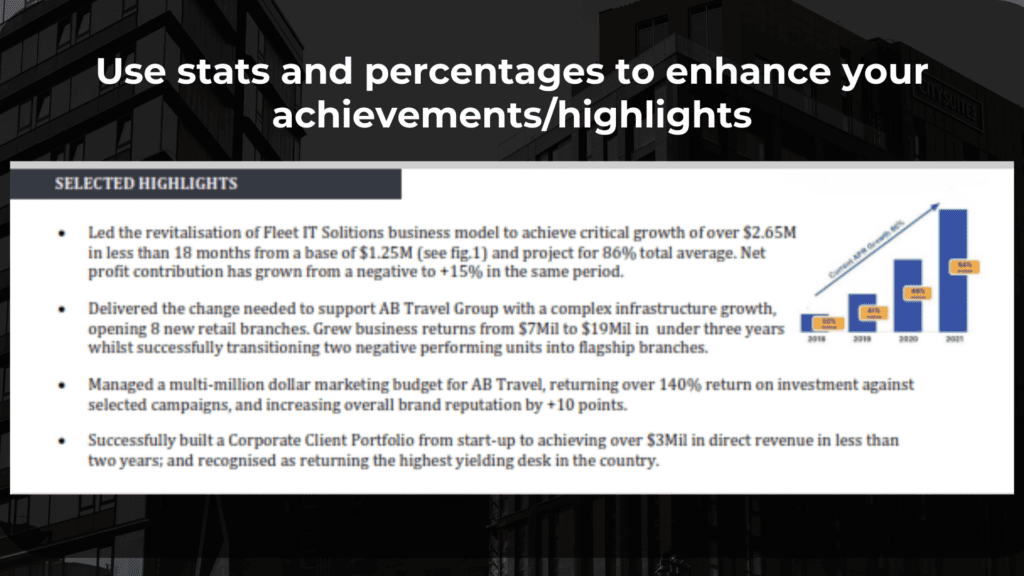
Showcase Leadership Skills
Executives are expected to lead and strategise effectively. Use your resume to highlight instances where you’ve demonstrated strong leadership and strategic planning abilities. Emphasize the importance of interpersonal skills in effective leadership, showcasing your ability to communicate with executives and colleagues. Include examples of how you’ve inspired teams, managed crises, or led organisational change.
Example:
- Transformational Leadership: Directed a company-wide digital transformation initiative, enhancing operational efficiency and increasing productivity by 20%.
- Crisis Management: Successfully navigated the company through economic downturns, maintaining profitability and employee morale.
- Strategic Alliances: Forged strategic partnerships with key industry players, resulting in enhanced competitive positioning and new revenue streams.
Add a Technology Skills Section
With so much emphasis being placed on business intelligence tools, data and automation, cloud solutions, and machine learning, it is important that you bring a sufficient level of technology transformation to the table. You can do this through integrating IT skills within key areas of the executive resume, and you may also want to include a separate technology skills section in the resume, usually at the end.
Example: Technology Skills:
- ERP Systems: SAP, Oracle
- Data Analysis: Tableau, Power BI
- Project Management: MS Project, Trello
Include Professional Affiliations and Board Memberships
Your involvement in professional organisations and board memberships can add credibility to your resume. You may also want to provide examples where you have served in a non-executive role and/or as an advisor. It shows that you are engaged with your industry and/or are providing services above and beyond what would normally be expected.
Including certifications such as the Australian Society of Association Executives can further enhance your resume by demonstrating your commitment to professional development and expertise in administrative roles.
Tailor Your Resume for Each Application
Finally, tailor your resume for each job application. Customise your executive summary, key achievements, and professional experience to align with the specific requirements and values of the company you’re applying to. A degree in business administration can significantly enhance your resume, as many employers prefer candidates with this educational background for administrative roles. This shows that you’ve done your homework and are genuinely interested in the position. This offers you a simple strategy to get your CV noticed quickly. It will take time, but if you want to get seen, your CV/Resume needs to be adjusted.
Think About Your Brand
To get noticed in your industry and respective markets, you want to come across as a subject matter expert. LinkedIn is a great way to achieve stronger brand recognition, interacting through various forums and providing guidance and leadership to others through your experience, as well as sharing knowledge with your industry peers.
Applicant Tracking Systems 2.0
ou most probably have heard that applicant tracking systems are changing, with the rollout of new next-generation ATS 2.0. This software can be extremely powerful and can leverage AI to analyse your resume, expanding from basic algorithms to being able to assess and understand what market you have worked in, as well as reading your online profiles. To get the best results from ATS 2.0 scanners, it is important that your executive resume incorporates the use of a competency-based framework, is results-driven, and has specific terminology that relates to the target market. Those resumes that are using ChatGPT or AI to generate content are likely to be penalised.
In summary…
There are many different strategies that can be used to write and refine an executive resume to ensure that it works effectively in today’s market. If we had to choose just one element, it would be industry-specific content. It is important to carefully monitor the results of applications and consider making revisions and adaptations of the resume to increase results..
Need help with your job search
A Results-Driven Executive Resume Writer
- 98.8% Success rates across all markets
- 25 years market knowledge
- A personal one-to-one approach
- We guarantee our work
